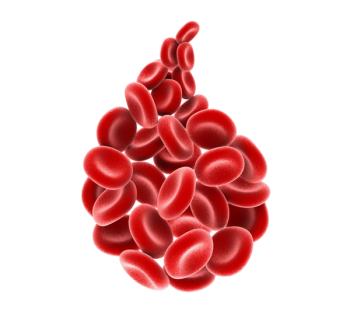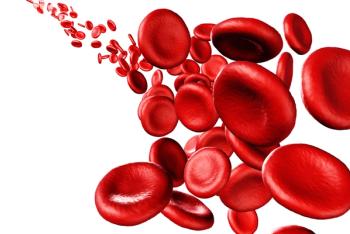
Ursula A. Matulonis, MD, Discusses the Toxicity Profile of Mirvetuximab Soravtansine in Advanced Ovarian Cancer With High FR- α Expression
At 2022 IGCS, Ursula A. Matulonis, MD, spoke about the toxicity profile observed with mirvetuximab soravtansine monotherapy in patients with folate receptor α–high platinum-resistant ovarian cancer reported from the phase 3 SORAYA study.
CancerNetwork® spoke with Ursula A. Matulonis, MD, chief of the Division of Gynecologic Oncology, Brock-Wilson Family Chair, and institute physician at Dana-Farber Cancer Institute as well as professor of medicine at Harvard Medical School in Boston, Massachusetts, at the
In 9% of patients, grade 3 or higher treatment-related adverse effects (TRAEs) occurred. Dose delays occurred in 33% of patients and reduction occurred in 20%. The most common grade 3 TRAEs were keratopathy (8%) and blurred vision (6%). There was 1 instance of grade 4 keratopathy.
Transcript:
Mirvetuximab is very well-tolerated drug, and it’s important to remember that each antibody-drug conjugate has its own unique adverse effects. They’re not interchangeable whatsoever. Mirvetuximab has predominantly low-grade eye toxicities that are reversible and low-grade gastrointestinal toxicities. The remainder of toxicities [occurred in] small amounts. About a third of the patients do develop some type of keratopathy, and it is what the ophthalmologists will see on the eye examination. Only 8% of [the AEs in the trial were] grade 3. The keratopathy was mostly grade 1 and grade 2 in severity. Blurred vision happened in about 41% of patients, only 6% were grade 3 events, the vast majority of blurred vision AEs were grade 1 or 2. The most common gastrointestinal AE was nausea; that happened in about 30% of patients, and none were grade 3 or higher.
What’s important is the level of peripheral neuropathy which happened in 13% of all patients, none of which were grade 3 or 4. Serious grade 3 or higher TRAEs happened in 9% of patients. TRAEs lead to dose delays in a third of the patients, dose reductions in 20% of the patients, and 9% of patients stopped treatment due to treatment-related adverse events. One patient discontinued because of ocular toxicity. Once they stopped the drug, the ocular toxicity fully resolved. One death was possibly related to the study, which was a lung toxicity. Upon autopsy, that patient was found to have lung metastases but no evidence of lung toxicity associated with mirvetuximab. In essence, that was not a lung toxicity. Overall, it’s a very well-tolerated drug.
Reference
Coleman RL, Matulonis U, Lorusso D, et al. Clinical benefit of mirvetuximab soravtansine in ovarian cancer patients with high folate receptor alpha expression: results from the SORAYA study. Presented at: 2022 Annual Global Meeting of the International Gynecologic Cancer Society; New York, NY; September 29-October 1, 2022. Abstract O028.
Newsletter
Stay up to date on recent advances in the multidisciplinary approach to cancer.


















































































